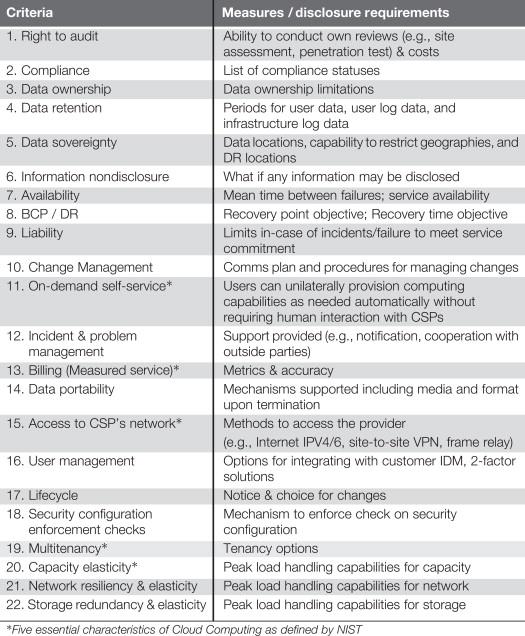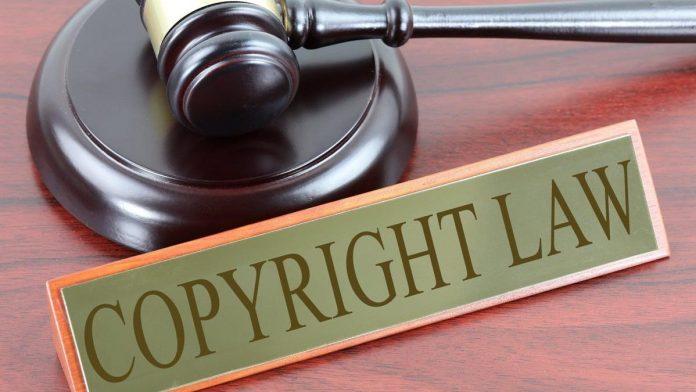
In an era where digital interactions shape consumer behavior, YouTube stands as a titan among platforms, amplifying voices and trends that resonate with millions. as brands increasingly look to harness the power of influencer marketing, the landscape becomes a rich tapestry of creativity and commerce.However, beneath the vibrant surface lies a complex web of legal considerations that can trip up even the most experienced marketers.From disclosure requirements to copyright issues, navigating these legal waters is essential for safeguarding not just brands, but also the very influencers who drive engagement. This article delves into the intricate legal frameworks surrounding influencer marketing on YouTube,offering insights and guidance for navigating this dynamic realm with confidence and integrity. Join us as we explore the intersection of creativity and compliance, helping brands and influencers alike chart a course through the ever-evolving digital marketplace.
Understanding the Legal Framework of Influencer Marketing on YouTube
In the dynamic world of social media, influencer marketing on YouTube rests upon a complex interlace of regulations and guidelines. Understanding these legal frameworks is crucial for content creators and brands alike to navigate the ever-evolving landscape. Key government bodies, such as the Federal Trade Commission (FTC) in the U.S., set forth guidelines mandating transparency in advertising. This means influencers must disclose any material connections with brands, thereby ensuring audiences are aware of the promotional nature of the content they consume. An effective approach to compliance includes:
- Clear Disclosures: Use of hashtags like #ad or #sponsored at the beginning of the video description.
- Visual Cues: On-screen disclaimers at the start of videos.
- Honesty: Providing authentic reviews to maintain trust with viewers.
The implications of these regulations extend beyond mere compliance; they foster trust and accountability in the marketplace. Influencers also must navigate international laws, as the rules can differ significantly across borders. As an exmaple, the UK’s Advertising Standards Authority (ASA) has stringent guidelines that can affect YouTube creators working with brands targeting UK audiences. Some distinctions include:
| country | Key Requirement |
|---|---|
| USA | Disclosure of sponsored content using clear hashtags. |
| UK | Must clearly label ads using ‘Paid Partnership’ labels. |
| Canada | Similar to the U.S., with emphasis on transparency and disclosure. |
By being well-versed in these legalities, influencers can not only protect themselves from potential penalties but also enhance their credibility, ultimately benefiting their brand partnerships.

Disclosure demands: Best Practices for Transparency and Compliance
As transparency becomes increasingly vital in influencer marketing, understanding the nuances of disclosure is essential for building trust and complying with regulations. Creators must clearly communicate any sponsored content or paid partnerships to their audience. This can be achieved through a variety of methods, such as:
- Using clear hashtags: Incorporate terms like #ad or #sponsored at the beginning of the video title or within the description.
- Verbal disclosures: Introduce paid partnerships directly in the video to ensure viewers are aware at the onset.
- Visual cues: Include on-screen text during key points in the video to reinforce sponsorship messages.
Additionally, establishing a consistent method for disclosures fosters a culture of openness, further enhancing influencer authenticity. Compliance with the Federal Trade Commission (FTC) guidelines is non-negotiable, and regular audits of content can help maintain accountability. To streamline the disclosure process,consider utilizing a simple checklist for each video:
| Checklist Item | Status |
|---|---|
| Is sponsorship clearly disclosed? | Yes/No |
| Are hashtags prominently placed? | Yes/No |
| Did I mention the partnership in the video? | Yes/No |
| Are visual indicators used? | Yes/No |

Navigating Copyright and Intellectual Property Challenges
As influencers create and share content, they often find themselves at the intersection of creativity and legalities. Understanding the nuances of copyright laws is essential for ensuring that your content doesn’t inadvertently infringe on someone else’s intellectual property. This includes recognizing the importance of original material—videos, music, and graphics—and securing permissions when necessary. One way to safeguard your content is to always credit original creators or seek licensing agreements,which not only helps avoid legal troubles but also fosters goodwill in the creator community.
moreover, staying informed about fair use can also guide influencers in repurposing existing works. Here are a few considerations to keep in mind:
- Purpose and Character: Is the new content transformative or simply a copy?
- Nature of the Work: Is the original work published or unpublished?
- amount Used: How much of the original content is being incorporated?
- affect on Market value: Does the new content affect the market for the original work?
A comprehensive understanding of these factors can mitigate legal risks. to aid in navigating these issues, consider creating a checklist to evaluate your content’s compliance with copyright standards before publishing. Below is a simple table that outlines key aspects to assess:
| Aspect | Description | Checklist |
|---|---|---|
| Creative Ownership | Determine if your content is original. | Yes |
| Attribution | Have you credited original creators? | Yes |
| Licensing | Have you obtained necessary licenses? | Yes |
| Fair Use Evaluation | Have you analyzed fair use criteria? | Yes |
Regularly reviewing this checklist can help manage potential pitfalls associated with copyright and intellectual property issues in influencer marketing on platforms like YouTube.

Building a Solid Contract: Key Elements for Influencer Partnerships
When embarking on an influencer partnership, a robust contract is essential to safeguard both parties’ interests and ensure clarity in expectations. Start by outlining the scope of work, detailing precisely what the influencer is expected to deliver, including the type and frequency of content. Specify key elements such as brand guidelines, target audience, and any required messaging.Additionally, it’s crucial to address compensation details, delineating not only monetary remuneration but also potential bonuses based on performance metrics or deliverables.
Another vital component is the duration of the partnership, which should clearly define the start and end dates, alongside any renewal options. Also, consider incorporating provisions regarding content ownership and rights to avoid disputes down the line. It’s advisable to include a section on confidentiality agreements, protecting sensitive business information. outline the termination clauses to establish a clear path for resolving issues, ensuring that both parties can exit the partnership amicably if the need arises. Here’s a quick reference table that can be integrated into your contract:
| Key Elements | Description |
|---|---|
| Scope of Work | Details on content requirements and deliverables. |
| Compensation | Payment structure, including bonuses for performance. |
| Duration | Start and end dates for the partnership. |
| Ownership Rights | Clarification of who owns the content and usage rights. |
| Confidentiality | Protections for sensitive information shared. |
| Termination | Conditions under which either party can exit the agreement. |
Concluding Remarks
As the digital landscape continues to evolve, influencer marketing on YouTube stands at the forefront of innovative promotion strategies. Yet,with great reach comes great responsibility. Navigating the legal waters of this vibrant platform requires both awareness and diligence.As marketers, influencers, and brands intertwine their narratives, it’s imperative to prioritize transparency, authenticity, and compliance with regulations.
By fostering a landscape where ethical marketing thrives, we not only protect ourselves from potential pitfalls but also build lasting trust with audiences. The journey through these legal channels may seem complex, but the rewards—genuine connections and enduring growth—are worth the effort. As you embark on your influencer marketing journey, let these principles guide your way, ensuring that your strategies not only shine but also stand the test of time. Happy navigating!